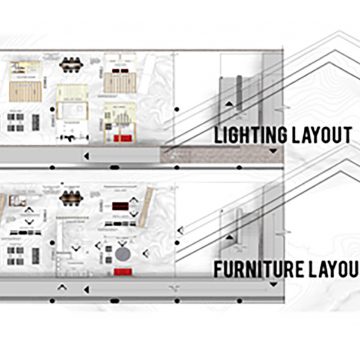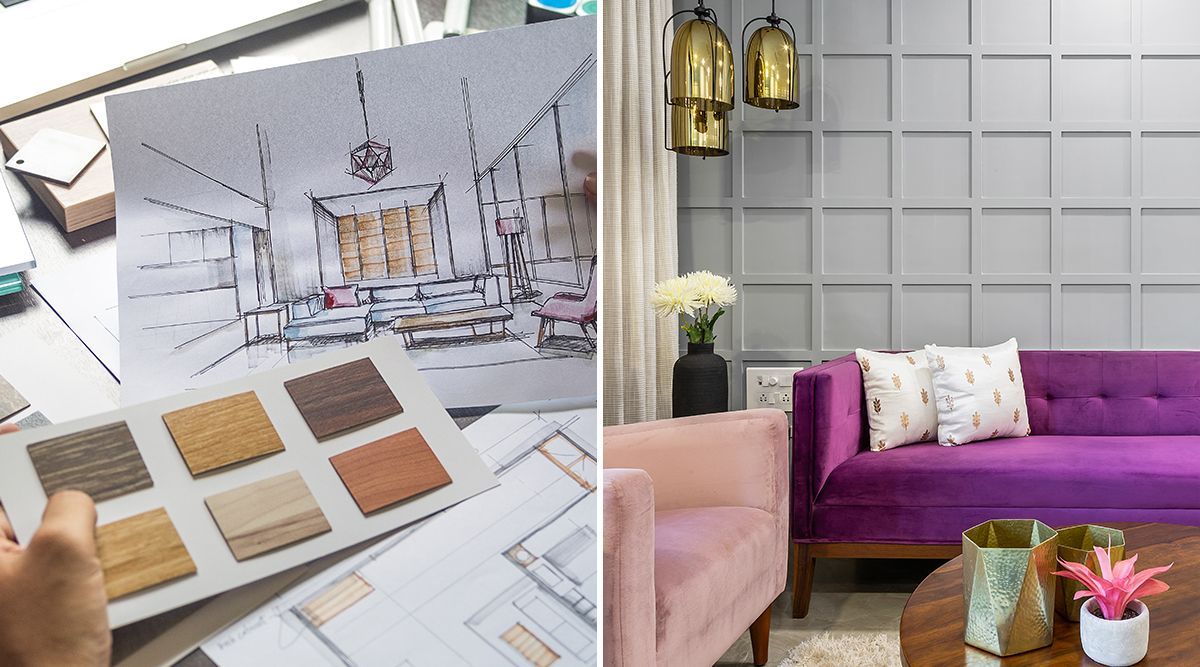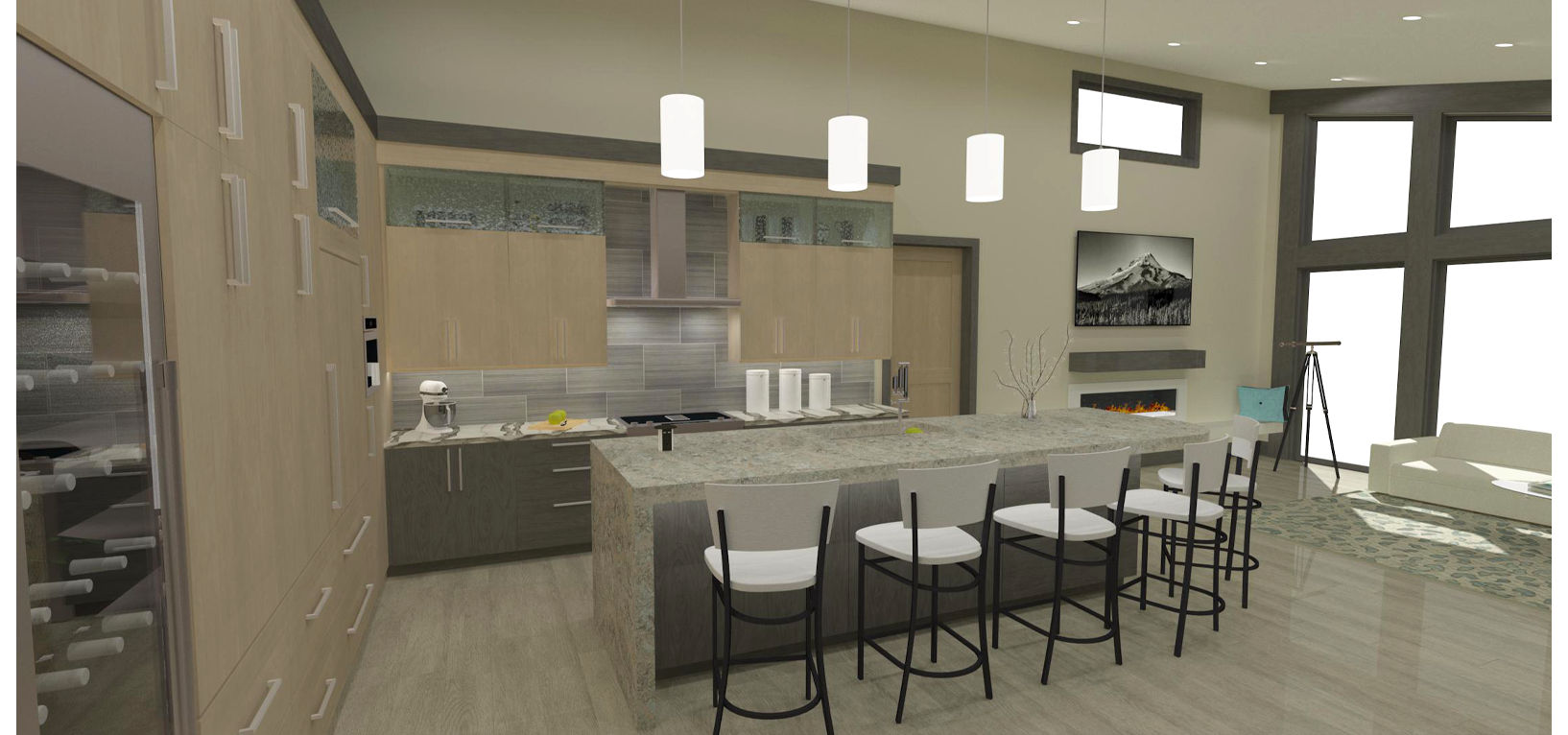Leading Top Hampshire Designers for Custom and Innovative Designs
Wiki Article
The Art of Equilibrium: Just How Interior Design and Home Engineer Collaborate for Stunning Outcomes
In the world of home design, striking a balance in between visual appeals and functionality is no tiny feat. This fragile stability is accomplished via the harmonious cooperation in between indoor designers and designers, each bringing their one-of-a-kind proficiency to the table. Keep with us as we explore the ins and outs of this collective process and its transformative effect on home design.Recognizing the Core Distinctions In Between Interior Design and Home Design
While both indoor layout and home architecture play important duties in producing visually pleasing and functional spaces, they are inherently different self-controls. It deals with the 'bones' of the framework, functioning with spatial dimensions, load-bearing wall surfaces, and roofing system designs. On the other hand, indoor design is much more worried with enhancing the sensory and aesthetic experience within that structure.The Harmony In Between Home Design and Inside Design
The harmony in between home architecture and Interior Design hinges on a shared vision of layout and the improvement of practical looks. When these 2 areas align sympathetically, they can transform a living area from ordinary to extraordinary. This collaboration needs a much deeper understanding of each technique's concepts and the capacity to create a cohesive, aesthetically pleasing atmosphere.Unifying Layout Vision
Linking the vision for home style and Interior Design can create an unified home that is both practical and aesthetically pleasing. The equilibrium starts with an incorporated attitude; engineers and interior designers collaborate, each bringing their expertise. This unison of concepts develops the design vision, a blueprint that guides the task. This shared vision is important for uniformity throughout the home, making sure a liquid change from exterior design to indoor areas. It advertises a collaborating method where building components enhance Interior Design parts and the other way around. The result is a natural space that mirrors the home owner's preference, personality, and way of life. Hence, unifying the style vision is crucial in mixing architecture and Interior Design for spectacular outcomes.Enhancing Functional Visual Appeals
Exactly how does the harmony between home architecture and interior layout improve practical aesthetics? Architects lay the foundation with their architectural layout, making sure that the area is reliable and useful. An architect may develop a home with big home windows and high ceilings.Value of Cooperation in Creating Balanced Spaces
The partnership in between interior developers and engineers is crucial in developing well balanced rooms. It brings consistency between design and style, providing birth to spaces that are not only aesthetically pleasing but also useful. Checking out successful collaborative approaches can offer insights into how this synergy can be effectively achieved.Harmonizing Style and Architecture
Equilibrium, a necessary element of both indoor style and architecture, can only truly be accomplished when these two fields work in harmony. This collective procedure results in a cohesive, well balanced design where every element has an objective and contributes to the total visual. Balancing design and architecture is not simply concerning creating stunning areas, yet regarding crafting spaces that work effortlessly for their residents.Effective Collaborative Strategies
you could try here
Situation Researches: Effective Integration of Layout and Style
Analyzing a number of study, it emerges how the effective combination of Interior Design and design can change a room. The Glass Residence in Connecticut, renowned for its minimalistic beauty, is one such example. Engineer Philip Johnson and interior developer Mies van der Rohe collaborated to develop an unified balance in between the inside and the framework, causing a smooth flow from the exterior landscape to the inner living quarters. One more exemplar is the Fallingwater House in Pennsylvania. Designer Frank Lloyd Wright and interior developer Edgar Kaufmann Jr.'s collaborative efforts result in a stunningly one-of-a-kind house that mixes with its all-natural environments. These study highlight the profound effect of an effective design and design collaboration.
Getting Rid Of Difficulties in Layout and Style Collaboration
Despite the obvious benefits of an effective cooperation in between Interior Design and architecture, it is not without its obstacles. Communication concerns can arise, as both parties might use different terminologies, understandings, and approaches in their job. This can result in misconceptions and hold-ups in task completion. Another significant challenge is the harmonizing act of appearances and performance. Architects may focus on structural integrity and security, while developers concentrate on comfort and design. The assimilation of these purposes can be intricate. Furthermore, budget and timeline constraints typically include pressure, potentially triggering breaks in the cooperation. Effective communication, mutual understanding, and compromise are important to get over these obstacles and accomplish site web a successful and unified cooperation.
Future Fads: The Developing Connection Between Home Architects and Inside Designers
As the world of home design proceeds to advance, so does the connection in between architects and indoor developers. On the other hand, interior developers are embracing technological aspects, affecting total design and functionality. The future promises an extra natural, cutting-edge, and flexible method to home layout, as designers and developers proceed to blur the lines, fostering a relationship that genuinely personifies the art of equilibrium.Conclusion
The art of balance in home style is attained through the unified cooperation between indoor developers and architects. An understanding of each various other's disciplines, effective interaction, and shared vision are essential in developing aesthetically spectacular, practical, and welcoming spaces. Regardless of difficulties, this partnership cultivates development and innovation in style. As the connection between home architects and indoor designers evolves, Continued it will certainly remain to shape future fads, boosting convenience, effectiveness, and individual expression in our living areas.While both interior layout and home architecture play essential functions in producing cosmetically pleasing and functional rooms, they are inherently different self-controls.The synergy between home architecture and interior style lies in a shared vision of style and the improvement of useful looks.Linking the vision for home architecture and indoor design can develop an unified living area that is both functional and visually pleasing. Hence, unifying the design vision is essential in mixing style and interior design for spectacular results.
How does the synergy in between home design and indoor style enhance useful looks? (Winchester architect)
Report this wiki page